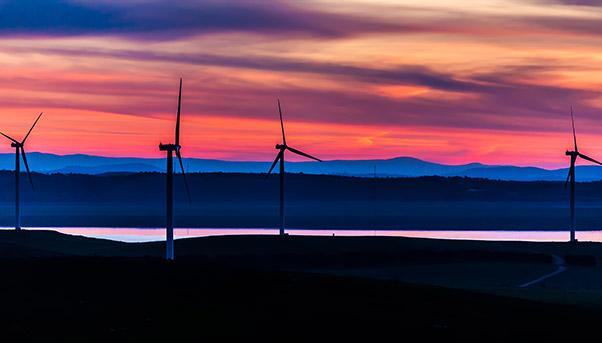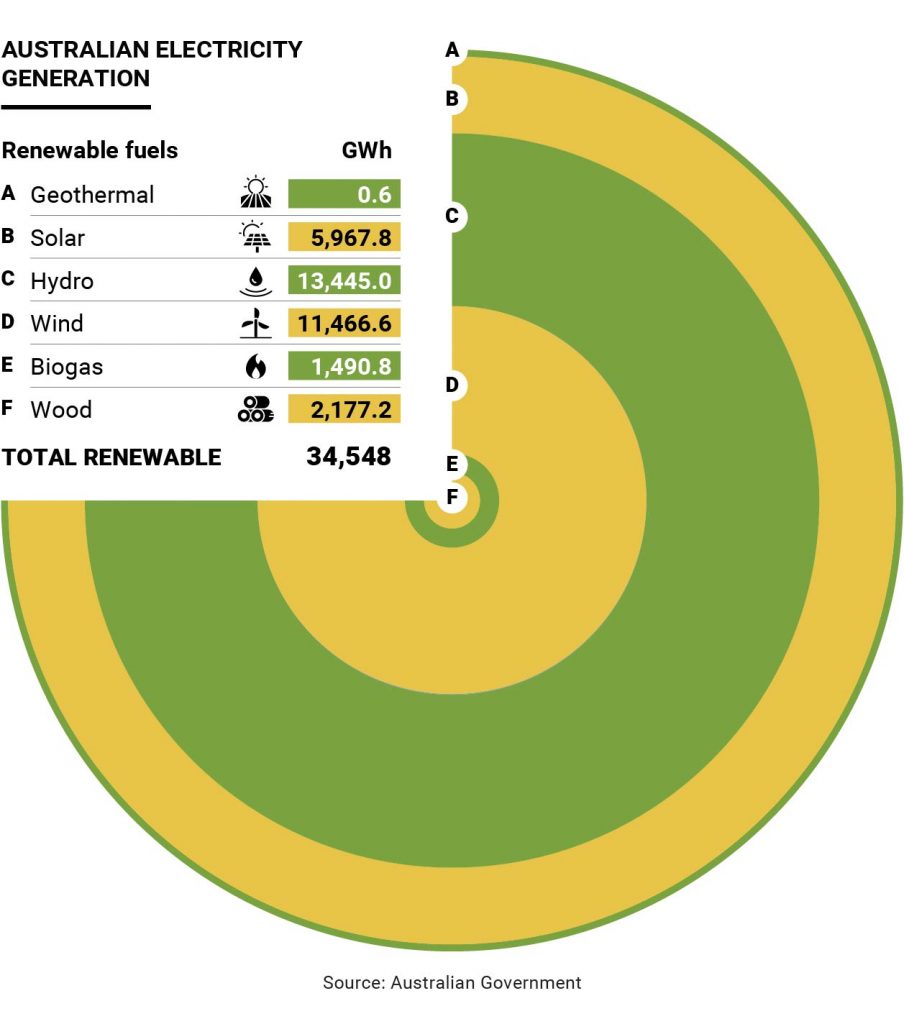
Australia’s geography offers enormous opportunity to use wind and solar energy to reduce the stress that the country’s remarkable growth is putting on its limited water supply, according to an analysis by a water expert.
The island continent has an abundant amount of sunshine and its vast coast lines get enough wind to power far more panels and turbines than have already been installed.
Since Australia was among a category of countries deemed to be water-stressed, the country could no long afford to use coal as its main source of energy because the fuel consumed too much water to produce electricity, the expert said in an analysis posted May 10 on a blog of the World Resources Institute. Based in Washington, D.C., the institute is a non-profit organization that analyses environmental and developmental challenges.
Australia’s reliance on coal was highlighted by The Sydney Morning Herald in a May 13 article that spoke of how the fuel was responsible for meeting about 73% of the country’s electricity needs in the financial year to date.
Economic Development and Water Scarcity
The analysis by the Institute, which was picked up this week by several publications including the Sydney newspaper, is relevant for Australia in light of the fact that its economy has avoided a technical recession since 1991. This unusually long period of growth was accompanied by a population boom, up 50% during nearly the same period. These two phenomena have inevitably resulted in a greater consumption of water, a precious resource in a country where droughts are a common occurrence.
For this reason, the institute deemed wind and solar power as viable alternatives to coal. Not only are they renewable sources of energy but they also consume no water to produce electricity.
«These renewable forms of energy can help countries meet their increased demand for electricity without adding carbon emissions or consuming water», it said. «This could be particularly beneficial in countries (like Australia) where growing populations, farms and industries are already competing for scant water supplies».

Abundant Land for Energy Production
Australia’s huge territory also helps. The size of a solar farm needed to power all of the country, for example, would cover about 6,270 square kilometres or a mere 0.1 per cent of its land mass, according to The Sydney Morning Herald.
The institute placed Australia among the top 20 so-called water-stressed countries with the most average solar and wind energy potential. It calculated that Australia has average solar energy potential of 232.5 in global horizontal irradiance wattage per metre squared, a measure of the strength and concentration of solar power reaching a solar panel. For wind, it has an average potential of 6.1 metres per second.
The potential – and promise – of wind and solar energy has not been lost on Australia’s government. It is offering financial incentives to encourage the installment of renewable energy plants such as wind and solar farms or hydro-electric power stations with the aim of reaching a target for large-scale generation of 33,000 gigawatt-hours by 2020. That would mean having renewable sources responsible for about 24% of Australia’s electricity generation, according to a government website. There are also incentives for households and small businesses to install solar water heaters, heat pumps, solar panels and other structures.
The incentives are so popular that the Clean Energy Council, which represents the industry in Australia, says the sector is experiencing “unprecedented activity”. To date, there are at least 58 projects under construction, committed or completed for the year. «These projects will deliver over $10 billion in investment, 5,482 megawatts of new renewable energy capacity and create more than 6,141 direct jobs», read a statement on its website.

